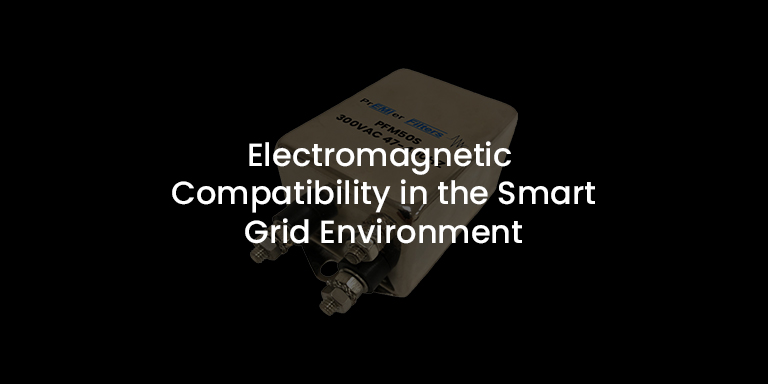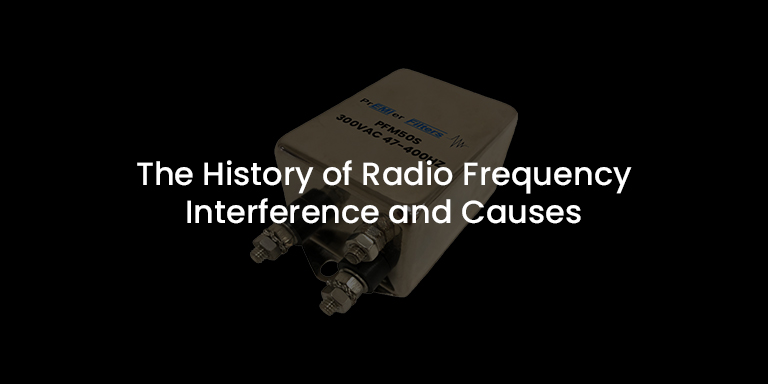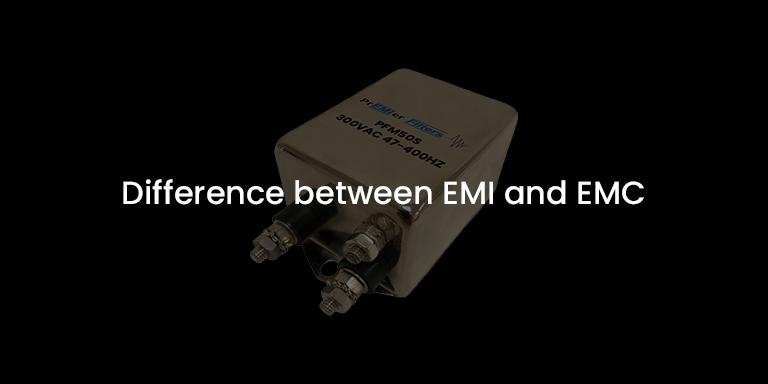Mechanism of Causing Electromagnetic Noise
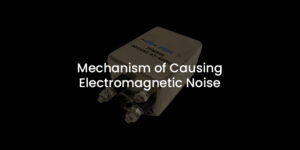
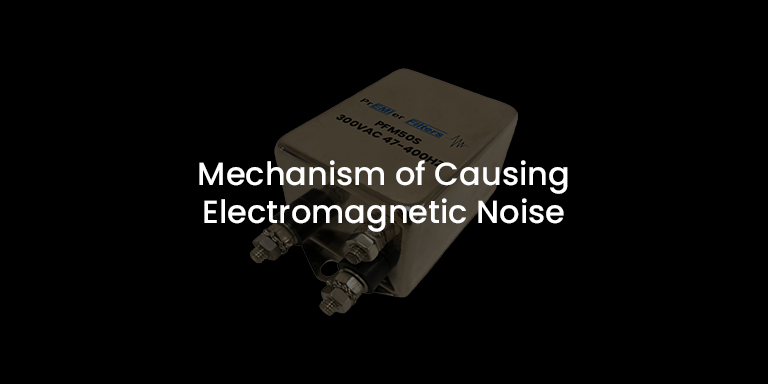
Electromagnetic Interference (popularly known as EMI) is an electromagnetic/electrical disturbance that causes the malfunctioning or degradation of electrical equipment. It can not only lead to the loss of transmitted data, but it can also damage the equipment completely.
Despite all the disruptions caused due to EMI, it is common in the modern environment. EMI occurs due to natural causes as well as man-made electrical devices. Man-made EMI results due to electrical/electronic circuits, switching systems, or changes in large amounts of current. Man-made EMI occurs in both the residential and industrial sectors.
1. Natural Causes
A variety of sources that lead to natural causes of EMI are the sun, dust storms, lightning strikes, snowstorms, solar flares, static electricity, solar magnetic storms, cosmic noise, and atmospheric electrical storms.
The sudden occurrence of natural EMI creates a severe impact on inadequately protected electrical devices. For instance, atmospheric electrical storms or solar flares affect military equipment or transportation technologies. The sun disrupts satellite transmissions if it appears right behind the satellite, and the EMI blocks the satellite transmission. Snowstorms disrupt cell phone signals or cause radio static.
2. Man-made Residential Causes
Man-made residential causes of EMI emanate due to electronic devices and appliances. Although it does not inflict permanent or severe damage, it causes disturbance to other devices in the home and leads to the poor performance of electronic devices.
A variety of sources that lead to man-made residential causes of EMI are lamps, heaters, cell phones, Bluetooth devices, wi-fi devices, heating pads, toaster ovens, microwaves, electric blankets, baby monitors, treadmills, solar inverters, etc..
The impact of residential sources of EMI increases with the increase in the usage of electronic devices. Increasing the usage of mobile phones and computers has increased the density of electromagnetic currents in the environment. People often use these devices continuously and in closer proximity, and thus, these devices are more likely to cause electromagnetic interference.
The improvement in the performance of electronic devices increases the EMI occurrence. Electronic devices are expected to have high performance. For improved performance, devices operate on a high frequency that produce electromagnetic noise across a broad range of frequencies.
3. Man-made Industrial Causes
Industrial causes of EMI often occur large-scale and can cause severe interference with essential technologies. A variety of sources that lead to man-made industrial causes of EMI are:
- Medical equipment: In the medical industry, technologies like X-ray machines, MRIs, telemetry units, electrical surgical units, and other equipment produce EMI which can interfere with other medical technology.
- Grid power: The electrical grid often has high voltage and low-frequency transmission lines that can disrupt certain electronic devices. Disruptions in power grid include voltage surge, voltage spikes or dips, and blackouts and brownouts that can also result in electromagnetic interference in devices/equipment connected to the power grid.
- Radio and satellite: Radio waves and satellite waves transmitted worldwide can cause EMI with cellular networks or sensitive equipment.
- Electric motors and generators: They can produce a large amount of high-frequency noise and high voltage transient spike.
- Television transmissions: TV transmissions can cause EMI to residential and industrial devices.
- Cellular networks and telephone transmissions: Wire as well as wireless telecommunication produce EMI. With the increase in the cellular grid, the number of cell phone users increases, and hence the noise from cell networks become a more severe threat to other electronic devices.
- Railroads and mass transportation systems: Trains and mass transportation systems produce EMI from their propulsion system, control system, signaling system, and other processes. Such systems operate at high voltage and current that can affect components of other transportation systems or electrical devices in facilities located near railroads.
- Other high-frequency sources of EMI: In many industrial processes, components like transmitters, inverters, transformers, microprocessors, and controllers produce high-frequency EMI.
Industrial causes of EMI can not only affect technologies within the same facility but also cause more widespread disruptions.









